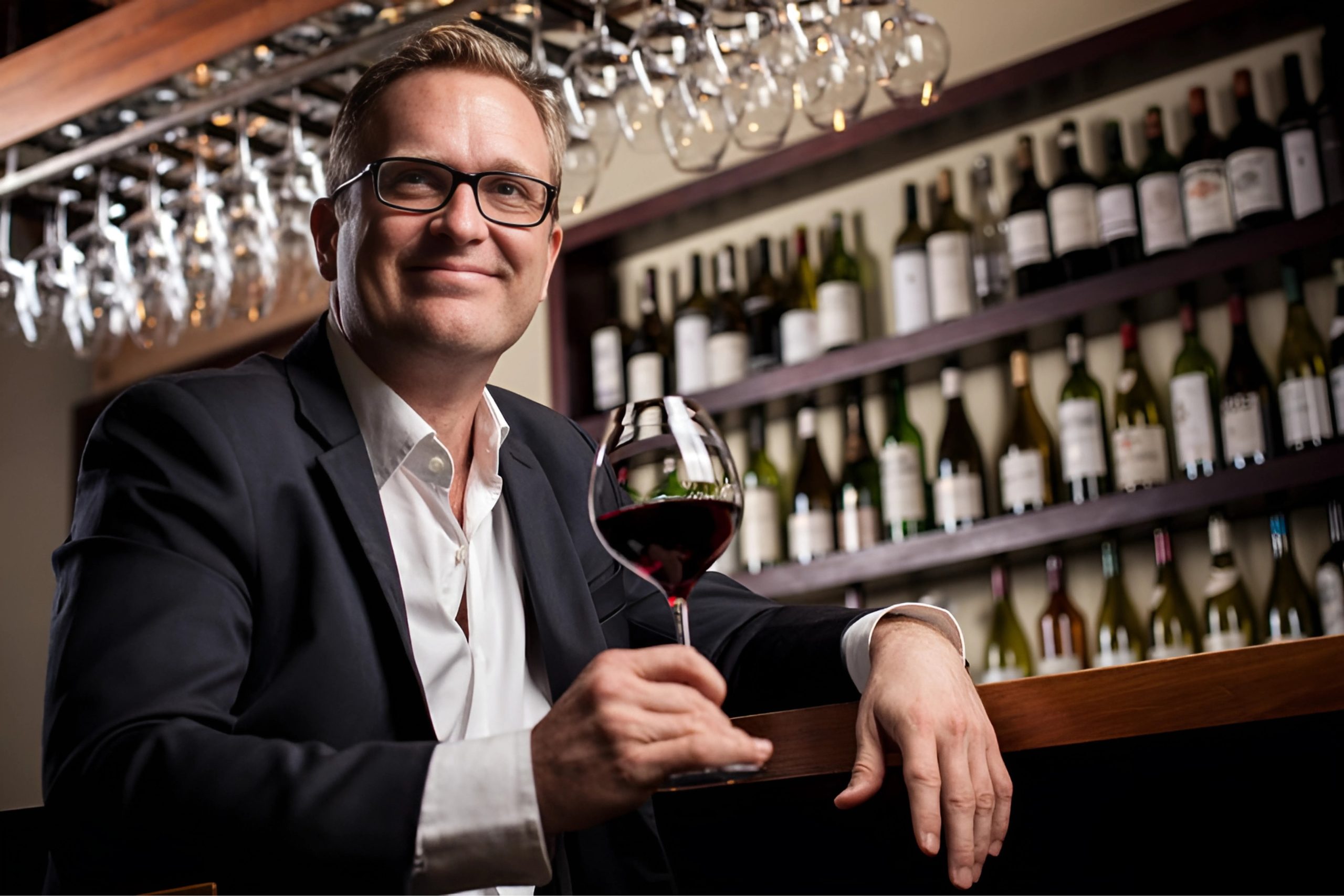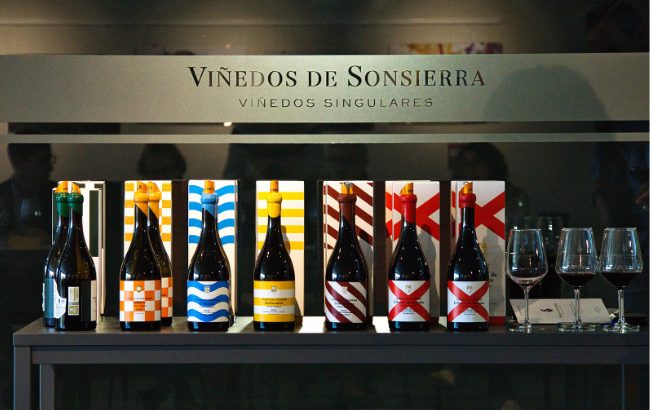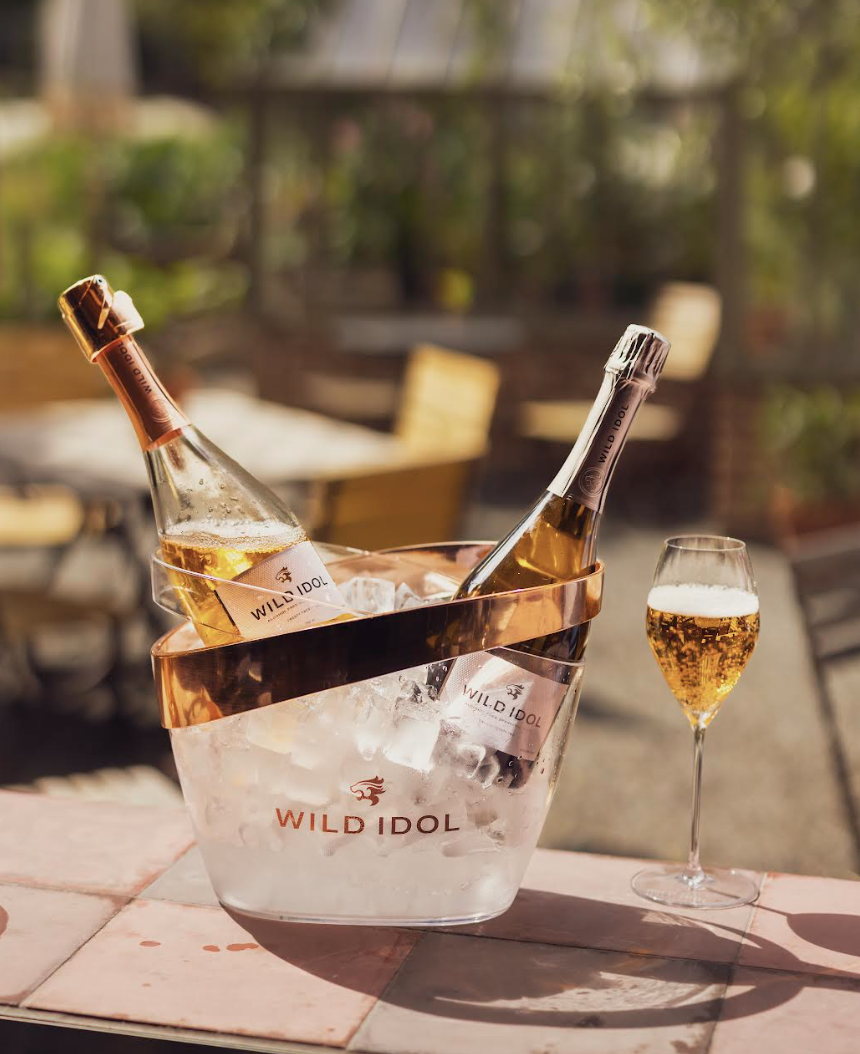Lecaillon: Our zero dosage ‘not normal’
With Louis Roederer preparing to release just its second ‘Brut Nature’ Champagne, cellarmaster Jean-Baptiste Lecaillon insists the dosage level isn’t the main story.
The original zero dosage (based on the 2006 vintage) was launched in September last year and was the first new product release from the Champagne house in 40 years.
A surprising success (Lecaillon admitted the commercial team was the most surprised), the next edition from the 2009 vintage will be released in the second half of 2016 but talk of the ‘next brut nature from Roederer’ misses the point of the wine according to Lecaillon.
Speaking to the drinks business, he explained that the particular parcel of vines in Cumières from which the brut nature is produced was first picked out back in 2003. “It [the fruit] wasn’t cooked,” he explained. “It was fresh and balanced and ripe.”
Lecaillon is a great believer that the brut nature requires riper fruit as a base, which is the reason why 2006 and now 2009 (and 2012 and 2015 in the future he revealed) have been used as the vintages to make the new addition to the range.
What gives the fruit for the brut nature its particular appeal is the clay on which it’s grown, said Le’not normal’caillon.
“It always brings ripe fruit but in hot years it brings freshness as well,” he said.
Having identified the spot in 2003 when 2006, another warm year, came along, “the idea was not to make a zero dosage, just a separate wine, a wine of ‘climate change’,” continued Lecaillon.
“What we made was not ‘normal’ zero dosage,” he said, “because of the body and texture of the wine and its incredible ripeness. Zero dosage was just a by-product. I tried several dosage levels, three grams, two grams, one gram etc and in the end zero was the best.”
Partner Content
The brut nature also bears witness to Lecaillon’s on-going experiments with pressure levels inside the bottles.
The first brut nature was just 4.5 bars compared to the average six in Champagne (and just four in the blanc de blancs). The 2009 incarnation is back to 5 bars, slightly less than the 5.5 bars in Roederer’s standard ‘brut’, because Lécaillon said he “didn’t want to go too low and Pinot needs a bit more pressure.” (The blend is two thirds Pinot Noir and the rest Chardonnay and a tiny “unspecified” amount of Meunier, the only vintage Champagne in the Roederer stable with Meunier in.)
This is part of Lecaillon’s drive to “adapt the mousse to the format and the style.”
With something like a brut nature the greater “integration” of the bubbles thanks to the lower pressure creates a creamier, less harsh profile.
Lecaillon also postulates that riper vintages such as those used for the brut nature need less pressure, less time ageing on lees and no malolactic fermentation either, as they have the dry extracts and tannins required to protect them naturally and extended lees ageing doesn’t add anything to them.
“Adding texture on texture is just make up,” he said.




